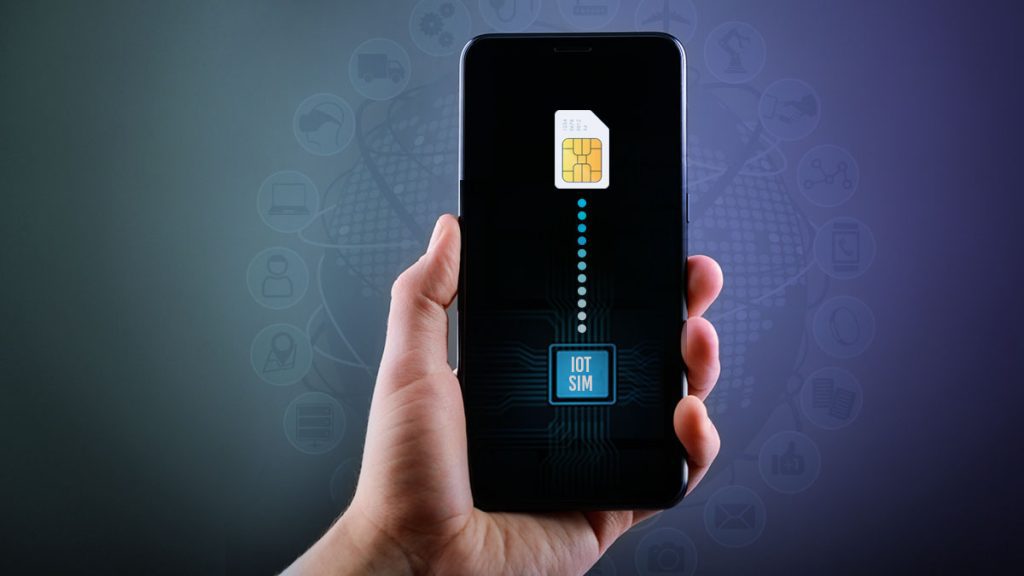
The creation of customized SIMS for IoT connectivity was prompted by the demand for new commercial applications and operational models brought on by the expansion of the Internet of Things. IoT SIM cards resemble conventional SIM cards. However, they don’t need a person to use them or activate the device. They frequently work in industrial and commercial machinery remotely. IoT SIMs can survive in harsh conditions and problems, including vibration, corrosion, humidity, and severe temperatures and have more memory and a longer lifespan than their consumer equivalents. They enable growth and updating with the least amount of interruption. IoT SIM cards provide centralized device control, upkeep of security, and dependable data transmission.
What Are IoT Sims, and Why Are They Special
Subscriber identity module (SIM) cards connect devices to networks, enabling them to send and receive data wirelessly. They were first designed for mobile telephones. The problem of mobile phone cloning, or transferring the identity of one cell phone to another, was solved with the introduction of the SIM card in the early 1990s, adding a crucial layer of security to cellular networks. Sensors, GPS modules, and asset trackers are examples of IoT devices that typically utilize much less data than consumer devices and have far more limited power and memory resources. These gadgets take advantage of cellular connectivity explicitly created for them: IoT SIM cards offered by IoT service providers.
IoT SIMs and conventional SIMs serve the same essential purpose of maintaining an Internet connection for linked devices. The parallels between the two stop there, though.
IoT SIMs must be able to manage devices and keep them connected remotely. This is because conventional SIMs are typically activated one at a time by a single client, whereas they are usually activated in bulk. IoT SIMs are designed to allow data plan aggregation, which raises the data cap with each SIM included in an IoT project. IoT projects become more reasonably priced and economically viable with this data plan.
What IoT Does Better
IoT SIM cards ultimately have a different function than conventional cellular SIM cards. They link equipment to the cloud, where an Internet of Things (IoT) management platform aggregates and accesses gathered data. IoT SIM cards offer additional stability, flexibility, and support in the following areas: form factor, robustness & durability, network connectivity and coverage, data usage, access and security, and management, allowing for the effective and remote control of large groups of devices.
Connectivity and Coverage
Traditional cellular SIM contracts tie the customer to a single carrier network and have strict contract terms and costly roaming fees. These SIMs make IoT devices expensive, logistically challenging, difficult to deploy across several areas, and difficult to manage at scale.
IoT SIM cards include business-oriented capabilities designed for cross-border activities. Access to different local networks is possible with a single IoT SIM, which automatically prioritizes the best connection. IoT contract provisions simplify pricing and logistics across nations and networks while offering flexibility tailored to particular corporate usage needs.
Robust Longevity
For IoT SIMs, robustness and endurance are more prominent than cellular SIMs. IoT devices could be challenging to access logistically and physically. Extreme temperatures, humidity, corrosion, vibration, and impact are just a few challenging environmental conditions that industrial-grade removable IoT SIM cards are made to survive.
An IoT SIM is ideal for installations in difficult-to-reach locations because it can be remotely reprogrammed and should last the device’s lifetime. Remote provisioning enables instantaneous updates. While removing the risk of damage from switching SIM cards and potential physical problems with incompatible SIM card sizes.
A More Secure Approach
Dynamic IP addresses are assigned by conventional cellular SIM cards each time a device makes a data connection. Dynamic DNS services, private APNs, and a VPN client are necessary for remote access. IoT SIM cards can be accessed remotely, enabling service staff to update, troubleshoot, or modify setups.
Risks are associated with removable SIM cards since they could be removed from one device and used in another. IoT data may be at risk from other security risks brought on by software bugs and encryption problems. You can still track the device’s physical location even with updateable eSIMs because the culprit can’t just take the SIM out. The device must be disassembled to be disconnected, and all user-related data must be deleted entirely.
Concluding Thoughts
The market is concentrated on conventional telecom methods and structures because the Internet of Things has yet to realize its full potential. Most telecom corporations favor competition over partnership as one illustration of this. Yet IoT is being incorporated increasingly in various sectors. The world is embracing IoT, and the IoT SIMS are just the next piece of the puzzle. Innovation is the way forward, and technology is at the core of the drive ahead.